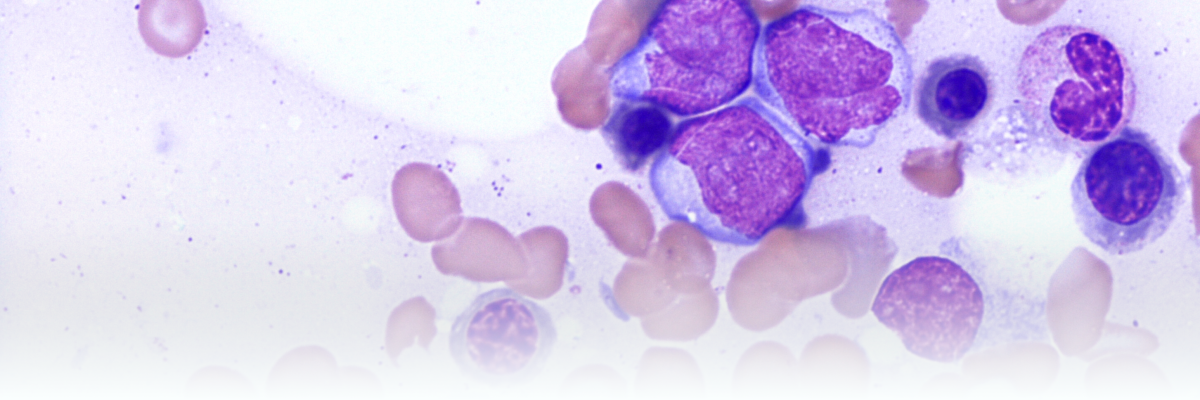After successfully reversing leukemia development in mice and human cell lines, former Damon Runyon-Lilly Clinical Investigator Scott Armstrong, MD, PhD, and his lab at Dana-Farber Cancer Institute are testing a novel therapeutic approach in clinical trials, open to patients as young as one month old. The drug, known as SNDX-5613, is currently being evaluated as a treatment for acute myeloid leukemia (AML), but may one day be used to prevent the cancer from developing in the first place.

How leukemia develops
AML, a blood cancer that affects both adults and children, is a good candidate for preventative therapy because its stages of development are well understood. First, a mutation affecting certain blood cells makes them start to clone rapidly, creating genetically identical lineages. This is a common aging-related phenomenon called clonal hematopoiesis, and it does not spell cancer unless another mutation makes those clone cells malignant. If that second mutation develops, “it’s essentially a guarantee you will get leukemia in the not-too-distant future,” as Dr. Armstrong put it on the Dana-Farber blog. Patients with clonal hematopoiesis whose cells test positive for this second mutation (preleukemia cells) would qualify for preventative therapy.
How the drug works
The oral medication developed by Dr. Armstrong’s lab targets a protein compound responsible for activating leukemia-associated genes. The therapeutic molecule disrupts the bond between the compound’s two proteins, Menin and MLL1, rendering it ineffective as a gene activator. Based on preclinical study results, this results in a steep drop in the number of leukemia cells, and, in some cases, cancer remission.
Clinical trials for SNDX-5613 are currently underway for the treatment of advanced leukemia. Separately, new research in mice demonstrates that the same molecule effectively eliminates preleukemia cells as well.
The road to prevention
The team’s success in developing a therapy with preventative potential underscores the importance of understanding the molecular basis of disease progression. When researchers can elucidate the sequence of genetic events that result in a cancer diagnosis, they are able not only to detect risk in healthy individuals but also to intervene before cancer develops. Finding a molecule that addresses a mutation early in the sequence? “That’s really the holy grail,” Dr. Armstrong says.







